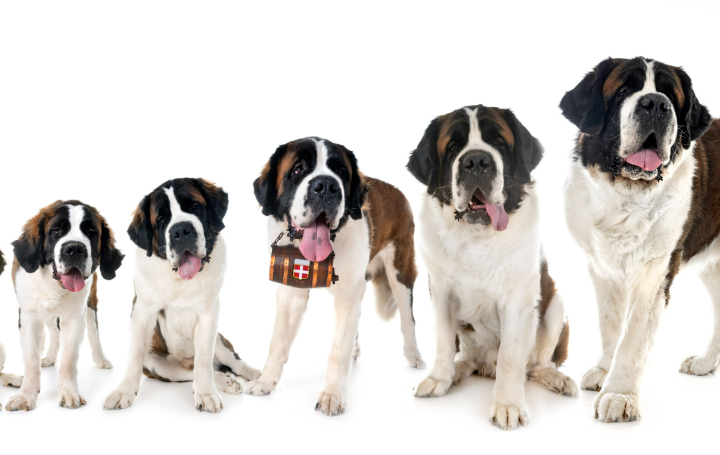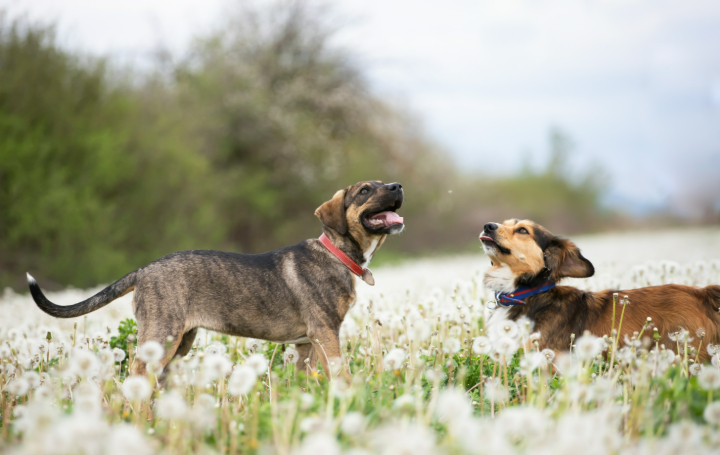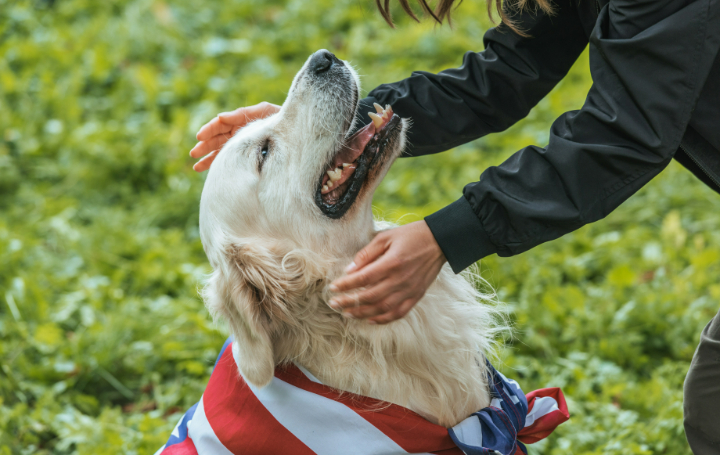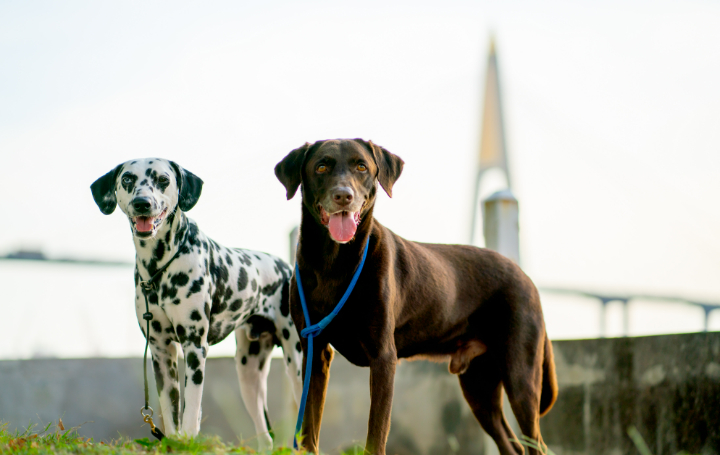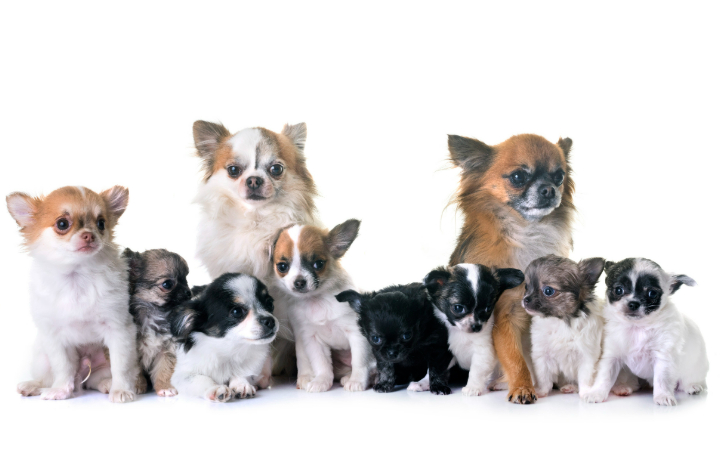The Fascinating Science of Canine Genetics: What Makes Your Dog Unique
Dogs, often called “man’s best friend,” have been by our side for thousands of years, from working as hunters and herders to snuggling on the couch as beloved pets. While we all know dogs are amazing companions, have you ever wondered what makes each dog so special, or why your dog might look and act the way it does? The answer lies in something both complex and fascinating—canine genetics!
Genetics is the science of inheritance, or how traits are passed down from one generation to the next. Just like humans, dogs have unique genetic codes that influence everything from their appearance to their behavior. In this article, we’ll take you on a fun journey through the world of canine genetics and explain why your dog is one-of-a-kind.
The DNA Blueprint of Your Dog
At the core of every living being, whether human or dog, is DNA (deoxyribonucleic acid). DNA is like a giant instruction manual for building and maintaining an organism. It contains all the information that tells your dog’s body how to grow, function, and behave. Each dog has its own set of DNA, which makes it different from other dogs, even those of the same breed.
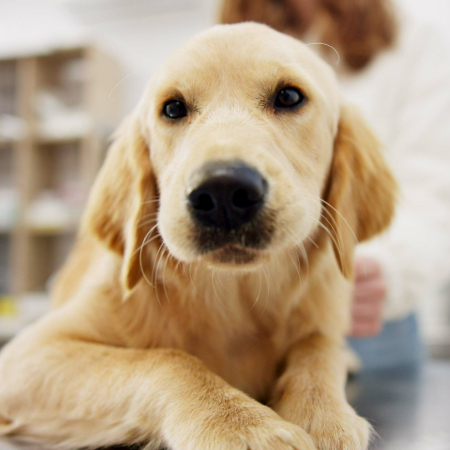
A dog’s DNA is made up of chromosomes. Just like humans, dogs have two copies of each chromosome—one from their mother and one from their father. In total, dogs have 39 pairs of chromosomes, which is a little more than humans, who have 23 pairs. This genetic code is what makes each dog unique, even within the same breed.
The Role of Genes in Appearance
One of the most noticeable ways that genetics plays a role in your dog’s uniqueness is in their appearance. The color, shape, and size of a dog are all determined by genes. Let’s break it down:
- Coat Color and Patterns: Ever wondered why your dog has a brown coat while your friend’s dog is black or spotted? That’s all down to genetics. A single gene can determine whether a dog will have a solid color coat or a mix of colors, and even the type of coat (smooth, curly, or wiry). For example, the “B” gene controls black fur, while the “b” gene leads to brown or chocolate fur. Similarly, genes can determine whether your dog will have a white belly, a black mask on its face, or even distinctive markings on its paws.
- Size and Body Shape: Genetics also decides how big your dog will grow and the shape of its body. Whether your dog is tiny like a Chihuahua or large like a Great Dane, their genetics are behind the size. Additionally, genes also influence the length of your dog’s legs, the width of their chest, and even the shape of their ears or tail. This is why, even within the same breed, there can be variations in size and shape.
- Coat Texture: The texture of your dog’s fur is another fascinating result of genetics. Some dogs, like Poodles, have curly hair that’s often hypoallergenic, while others, like Golden Retrievers, have soft, flowing coats. These variations in coat texture are controlled by specific genes, which means it’s not just about how your dog looks—it’s about how you interact with them and how they interact with their environment.
The Impact of Genetics on Personality and Behavior
While much of what makes your dog unique can be seen on the outside, genetics also plays a significant role in shaping their personality and behavior. Have you ever noticed how some dogs are more independent and aloof, while others are friendly and energetic? This is often due to genetics, but it’s also influenced by their environment and how they were raised.
Temperament: Dogs have different temperaments depending on their breed and genetic makeup. For instance, Border Collies are highly intelligent and energetic because they were bred for herding, while Bulldogs are known for being laid-back and affectionate. These differences in behavior are linked to the genes passed down through generations of selective breeding. But even within a breed, each dog will have its own unique mix of traits.
Instincts: Dogs are born with certain instincts that can be traced back to their ancestors. For example, a Greyhound’s instinct to chase is deeply rooted in its genes, as they were bred for hunting. Similarly, Retrievers are instinctively drawn to water and will happily swim or fetch objects from a lake or pool. These genetic traits often show up as behaviors that make each dog stand out, even if they’re all from the same breed.

Social Behavior: Your dog’s interactions with humans, other dogs, and animals can also be influenced by genetics. Some dogs are naturally social and enjoy being the center of attention, while others may be more reserved. This is a combination of genetic traits and early experiences, but the foundation is built into their genetic code. Genetics can even determine how well a dog gets along with other pets, how easily they adapt to new situations, and how they react to different environments.
Genetic Health and Longevity
While genetics are responsible for your dog’s appearance and personality, they also influence their health and lifespan. Unfortunately, some dogs inherit genetic conditions that can affect their well-being. Certain breeds are more prone to specific health issues, like hip dysplasia in German Shepherds or heart problems in Cavalier King Charles Spaniels.
However, not all genetic traits are negative! Many dogs are born with strong immune systems and good health, thanks to the careful selection of healthy parent dogs in breeding programs. As science and genetic testing advance, many potential health problems can be identified early, allowing for better preventative care and longer, healthier lives for our furry friends.
Genetic testing is becoming more common, and some dog owners opt to get their pets tested for certain genetic conditions. This can help determine if their dog is at risk for hereditary diseases, giving them a chance to take proactive steps to improve their dog’s quality of life.
The Mystery of Mixed-Breed Dogs
While purebred dogs often have a more predictable appearance and behavior, mixed-breed dogs are a wonderful example of genetic diversity. Mixed-breed dogs inherit traits from many different breeds, making them a unique blend of physical and behavioral characteristics.
A mixed-breed dog may have the long legs of a Greyhound, the fluffy tail of a Samoyed, and the playful personality of a Labrador. The variety of genetic material they inherit makes them special and one-of-a-kind. It’s a fun mystery to figure out what breeds your mixed-breed dog might be, and it’s also a great reminder that each dog, whether purebred or mixed, is a precious and unique individual.
Dog DNA Testing: A Fun Way to Learn About Your Pup
Have you ever wondered what breeds make up your mixed-breed dog? Or perhaps you’re curious about your purebred dog’s lineage? Dog DNA testing can answer these questions and provide insight into your dog’s genetic makeup.
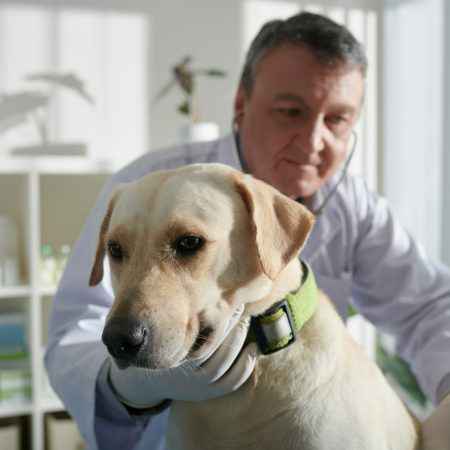
With just a small sample of saliva or a cheek swab, DNA testing kits allow you to explore your dog’s ancestry, learn about possible genetic conditions, and even predict future health risks. It’s a fun way to uncover the hidden science behind your dog’s traits and health.
Conclusion: Every Dog Is Special
At the end of the day, the science behind canine genetics is a powerful reminder of what makes your dog truly special. From their unique coat color to their personality quirks, genetics play a huge role in making them who they are. Whether your dog is a purebred or a mixed breed, they are a beautiful combination of inherited traits, behaviors, and instincts that make them one of a kind.
So, the next time you gaze into your dog’s eyes or play fetch in the park, remember that your dog’s uniqueness is a result of the fascinating science of genetics—a blend of history, biology, and love that has created the perfect companion.
Doglime for more dog-related information.
Tags
